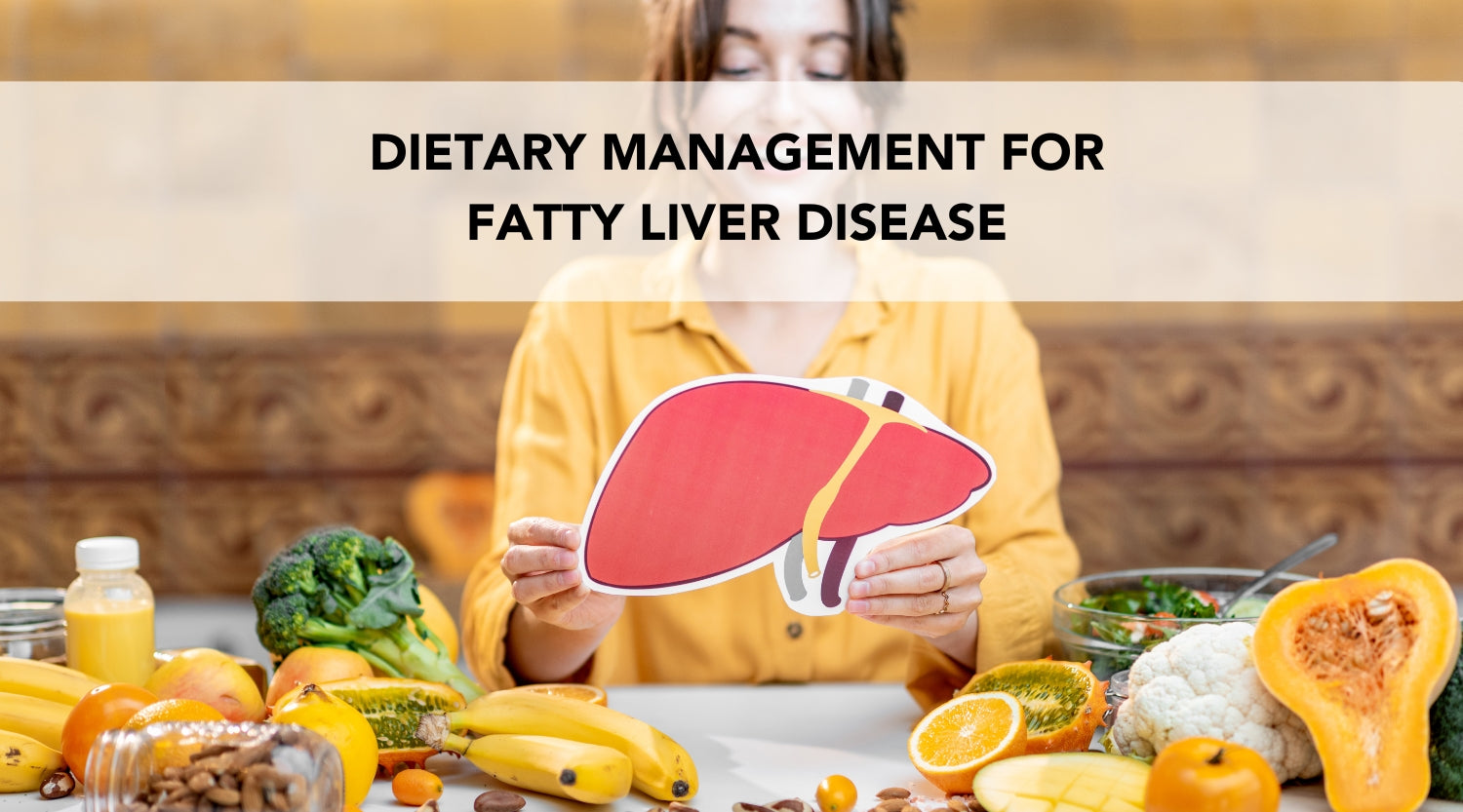
The Ultimate Guide to Dietary Management for Fatty Liver Disease
Understanding Fatty Liver: An Overview for Dietitians
The Basics of Fatty Liver
Fatty liver occurs when too much fat is stored in liver cells. It can be alcoholic (AFLD) or non-alcoholic (NAFLD). The latter is linked to obesity and diabetes. Livers should break down fats, but in fatty liver disease, fat buildup hinders this. A healthy liver is key for filtering blood and aiding digestion. When it's fatty, it can't do these jobs well. Diet changes can help fix a fatty liver. This means cutting down on sugar and fat. Lean proteins, veggies, and whole grains are better choices. With the right food, it's possible to reverse fatty liver. Dietitians play a big role guiding patients with fatty liver. They can create a diet plan that helps the liver heal.
Risk Factors and Associations
Fatty liver disease is often linked to lifestyle and genetic factors. Risk factors include obesity, diabetes, high cholesterol, and certain medications. Poor dietary choices, such as excess sugar and fat intake, can also contribute. The disease is more common in those over the age of 50 and can be influenced by family history. Understanding these associations helps dietitians create targeted plans for their patients. It’s crucial to discuss these risks with patients, focusing on modifiable factors they can control through diet and lifestyle changes.
Identifying the Signs and Symptoms
Recognizing fatty liver early is key. Common signs include fatigue and discomfort in the upper belly. Some may show no symptoms, making routine checks vital. Watch for weight gain and abdominal swelling. Skin and eyes turning yellow is a sign of jaundice. Unusual bruising or bleeding may occur. Long-term effects might include confusion or poor memory. If symptoms arise, seek a doctor's advice.
Strategies for Managing Fatty Liver through Diet
Assessing Dietary Intake and Nutritional Status
For individuals with fatty liver disease, dietary management is crucial. Dietitians begin by evaluating a patient's current intake of food and drinks. This includes reviewing meal patterns, portion sizes, and frequency of consumption. The goal is to identify nutrient deficiencies or excesses that contribute to liver fat buildup. Monitoring the consumption of specific macronutrients, like fats and carbohydrates, merits focused attention. Especially harmful are saturated fats and simple sugars, which can worsen liver inflammation. Dietitians aim to create a balanced diet that provides adequate protein, essential fats, and complex carbohydrates. This balance is important for liver health. Micronutrients, such as vitamins and minerals, are also assessed to ensure the liver has the necessary support to heal and regenerate. By thoroughly analyzing dietary intake and nutritional status, dietitians can develop personalized nutrition plans. Such plans are designed to help reverse non-alcoholic fatty liver disease and improve overall liver function.
Tailoring Nutrition Advice for Fatty Liver Patients
When advising patients with fatty liver disease, a dietitian's approach must be personalized. Here are key steps:
- Assess Individual Dietary Habits - Review and analyze the patient's usual food intake. Look for patterns that may contribute to liver fat accumulation.
- Reduce Intake of Harmful Nutrients - Advise on cutting back sugars, especially fructose, found in many sweetened drinks and snacks. Limit saturated fats and trans fats which can worsen liver inflammation.
- Increase Liver-Friendly Foods - Encourage eating more greens, whole grains, lean proteins, and foods rich in omega-3 fatty acids (like salmon).
- Moderate Portion Sizes - Teach patients how to manage portion sizes to aid in gradual weight loss, as obesity can aggravate fatty liver.
- Promote Balanced Meals - Guide the structuring of meals that balance macronutrients and provide essential nutrients without overloading the liver.
A balanced diet tailored to individual needs can help reverse non-alcoholic fatty liver disease and restore liver health.
The Role of Dietary Supplements and Herbs
Dietary supplements and herbs may bolster a diet to manage fatty liver disease. Supplements like omega-3 fatty acids, Vitamin E, and milk thistle are often recommended. Omega-3s can help reduce liver fat and inflammation. Vitamin E, an antioxidant, may improve liver function in non-alcoholic steatohepatitis (NASH). Milk thistle, known for its liver-protective roles, could aid in liver health. However, it's crucial to talk to a healthcare provider before starting any supplement, as not all are beneficial and some could interact with medications or harm the liver if misused. A dietitian can provide guidance on safe and effective usage. Herbal remedies require caution. Herbs like turmeric have shown potential benefits due to their anti-inflammatory properties. Yet, the efficacy and safety of herbs need more research. Patients should not replace prescribed treatment with herbs without discussing with a medical professional. The role of dietary supplements and herbs is secondary to solid nutrition and lifestyle changes in reversing fatty liver disease.
Integrating Lifestyle and Dietary Changes for Long-term Success
Educating Patients on Healthy Eating Habits
To ensure long-term success in combating fatty liver disease, education on healthy eating habits plays a crucial role. Dietitians should focus on teaching patients about the nutritional value of food. They should learn to make smart food choices and understand portion control. It's important to emphasize the benefits of a balanced diet rich in fruits, vegetables, lean proteins, and whole grains. Patients must be informed about the harms of excess sugar, saturated fats, and processed foods. Regular meal patterns and mindful eating strategies should also be part of the education. By instilling these habits, patients can make lasting changes that support liver health.
Encouraging Physical Activity and Weight Management
To beat fatty liver, diet is key, but it's not the whole picture. Physical activity is vital. It helps burn fat and boosts liver health. Encouraging patients to move more can be a game changer. Simple steps work best, like walking daily or cycling. Weight management is equally important. Shedding pounds slowly but steadily is the goal. A healthy weight loss rate is about 1-2 pounds a week. This pace helps ensure the liver heals and doesn't get overwhelmed. Dietitians play a big part. They guide patients on safe exercises and realistic weight goals. They also track progress and tweak plans as needed.
Monitoring and Supporting Patient Progress
Helping patients with fatty liver involves more than diet changes. Monitoring progress is key. Regular check-ins allow dietitians to make needed adjustments. They also give patients the chance to share their challenges and successes. Tracking changes in liver enzymes and weight provides clear evidence of improvement. Support from a healthcare team can motivate patients to stay on track. Celebrating small victories can boost morale and encourage long-term adherence. Ultimately, patient education and continued support can help manage fatty liver effectively.
Share
